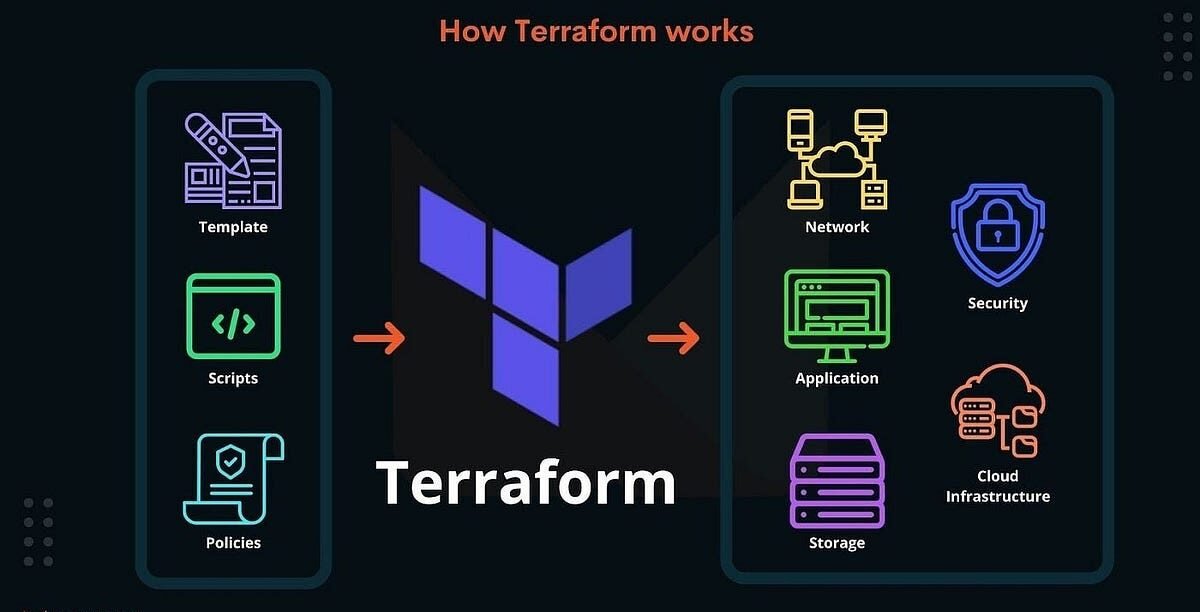Imagine building a city where every road, building, and bridge is laid out with blueprints, not spontaneous construction. Infrastructure as Code (IaC) plays the same role in the cloud. Instead of manually configuring servers and services, you define them in code—blueprints that can be repeated, tested, and refined. Terraform, one of the most widely adopted IaC tools, acts as the architect and builder, ensuring your cloud deployments are consistent, automated, and reliable.
Terraform as the Architect’s Blueprint
Terraform doesn’t just manage cloud resources—it orchestrates them like a master builder with detailed plans. You declare what your infrastructure should look like, and Terraform brings it to life. Whether it’s spinning up virtual machines, configuring networks, or provisioning databases, everything is written in simple, declarative files.
For learners in full-stack classes, Terraform often introduces the idea that infrastructure can be version-controlled, peer-reviewed, and shared, much like application code. This step bridges the gap between development and operations, reinforcing how coding principles can extend far beyond the application layer.
The Power of Declarative State
At the heart of Terraform lies its state management. Think of it as a project logbook, keeping track of what has been built, updated, or destroyed. This log ensures that future changes are incremental and predictable.
The declarative model means you don’t tell Terraform how to build things step by step; you describe the desired end state. Terraform then figures out the journey from the current reality to your blueprint. It’s like giving a contractor a model of a house and trusting them to handle the scaffolding, wiring, and brickwork without micromanagement.
Automating Across Cloud Providers
Terraform’s superpower is its ability to work across multiple clouds with the same language. AWS, Azure, GCP, or even on-premises environments can be managed side by side. This multi-cloud capability frees organisations from vendor lock-in and ensures flexibility when scaling globally.
In practice, this means you can create infrastructure modules—reusable chunks of code—that standardise best practices across teams. For instance, a security-compliant networking module can be reused across regions, ensuring consistency while reducing human error.
Collaboration and Version Control
Just as developers rely on Git to collaborate on application code, infrastructure teams use version control for Terraform configurations. Teams can propose changes, review them, and roll them back if necessary. This fosters transparency and accountability, which are critical for complex cloud ecosystems.
Those studying advanced practices in full-stack classes often experiment with such workflows—pairing Git with Terraform to simulate real-world team collaboration. This hands-on approach makes clear that infrastructure is no longer a hidden layer, but an integral part of the development cycle.
Conclusion
Terraform embodies the essence of Infrastructure as Code: consistency, scalability, and automation. It replaces manual effort with precise, repeatable blueprints that can grow as your cloud footprint expands. By embracing Terraform, teams unlock the ability to deploy with confidence, knowing every environment is built to specification and easily reproducible.
For developers and operations professionals alike, the lesson is simple: the future of cloud management isn’t about clicking through consoles, but about coding your infrastructure. Like an architect’s sketch brought to life, Terraform ensures that what you envision is exactly what gets built—time and time again.




